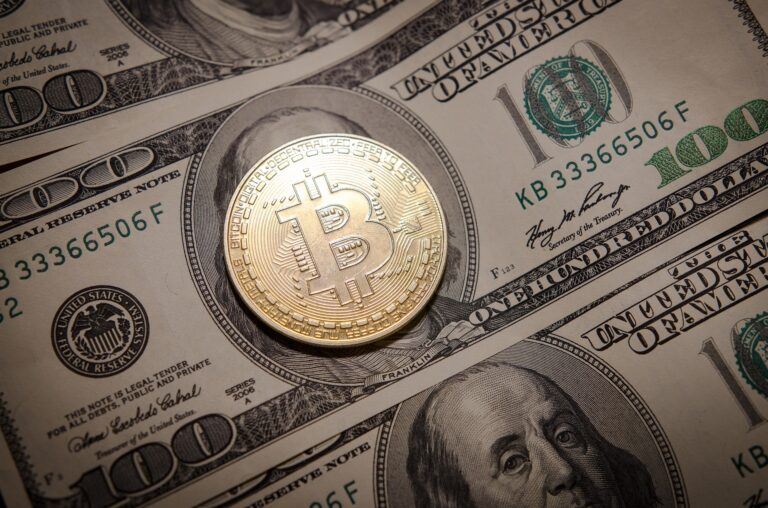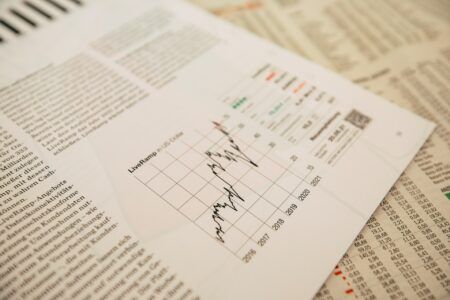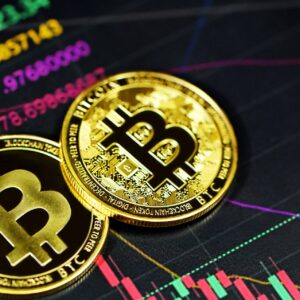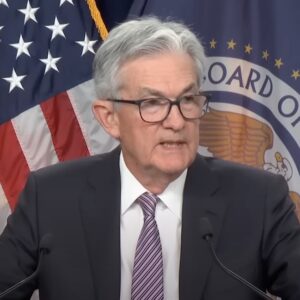Fred Thiel, CEO of MARA Holdings (MARA), spoke in-depth with David Lin about bitcoin’s recent price movements, potential as a strategic asset, and Marathon Digital’s strategies in the cryptocurrency mining industry. He commented extensively on the factors shaping Bitcoin’s valuation, expressing confidence in its long-term growth while acknowledging short-term market dynamics.
Thiel observed that Bitcoin’s value experienced a sharp rise following the recent U.S. presidential election, fueled by strong demand and measured investment strategies. He noted that as prices climbed, every Bitcoin in circulation became profitable, prompting some investors to sell and lock in gains.
Looking ahead, Thiel forecasted that Bitcoin’s price might temporarily correct to the high $80,000s or low $90,000s before rebounding strongly. He anticipated that this recovery could drive Bitcoin to as high as $200,000 by the end of 2025, crediting this potential growth to increasing institutional interest, the finite supply of Bitcoin, and potential government-led initiatives.
Discussing the concept of a bitcoin strategic reserve, Thiel highlighted the efforts of countries like Russia to adopt bitcoin as a hedge against reliance on the U.S. dollar. He noted that Russian lawmakers are exploring a bitcoin reserve as a means to navigate geopolitical challenges, including sanctions and dollar-denominated trade restrictions. Thiel referenced statements by President Putin advocating for alternatives to the dollar, which include bitcoin. He argued that as more countries adopt bitcoin for similar purposes, its price could see further upward pressure.
For the United States, Thiel suggested that a bitcoin reserve could serve as a strategic financial tool, much like the Strategic Petroleum Reserve. He explained that the U.S. government could consolidate bitcoin seized by law enforcement as a starting point for building such a reserve. Over time, congressional appropriations could allow for additional acquisitions. Thiel emphasized that acting early would position the U.S. advantageously, especially as bitcoin’s finite supply creates competition among nations seeking to acquire significant holdings.
Thiel also addressed bitcoin’s growing appeal to institutional investors, noting the rapid rise of bitcoin exchange-traded funds (ETFs). He explained that ETFs have already accumulated substantial assets, surpassing the pace of gold ETFs in their early years. Thiel observed that pension funds and sovereign wealth funds are increasingly allocating small percentages of their portfolios to bitcoin, which he believes will contribute to sustained price growth over time.
On the operational side, Thiel described Marathon Digital’s focus on achieving near-zero energy costs for mining. He detailed the company’s investments in renewable energy sources such as wind farms and flare gas, which significantly lower energy expenses and improve efficiency. By repurposing older mining equipment at sites with low-cost energy, Thiel explained that Marathon can extend the lifespan of its machines and maintain profitability across market cycles. He also highlighted Marathon’s role in advancing technologies like liquid cooling, which enhance mining capabilities and reduce environmental impact.
Thiel also discussed technological risks to Bitcoin, such as the potential threat posed by quantum computing. He downplayed immediate concerns, explaining that while quantum computing is advancing, it does not currently have the capability to compromise Bitcoin’s encryption. He noted that the Bitcoin network could adapt to such challenges through software upgrades, ensuring its resilience. Thiel pointed to emerging quantum-resistant wallets as an additional safeguard.
Looking ahead, Thiel reaffirmed Marathon Digital’s commitment to expanding its mining operations and diversifying into energy and technology sectors. He highlighted the company’s significant bitcoin holdings, which provide a strong balance sheet and opportunities for further growth. Thiel described Marathon’s long-term goal of becoming the lowest-cost operator in the industry while continuing to integrate innovative solutions into its business model.
Featured Image via Pixabay








